The Third Degree Masonic Ritual is the most dramatic and sublime of the three degrees‚ representing the culmination of a Mason’s journey. It emphasizes courage‚ fidelity‚ and devotion‚ teaching profound lessons about life‚ death‚ and the soul’s immortality. This ritual is deeply symbolic‚ inspiring personal growth and self-reflection‚ and is considered the pinnacle of Ancient Freemasonry.
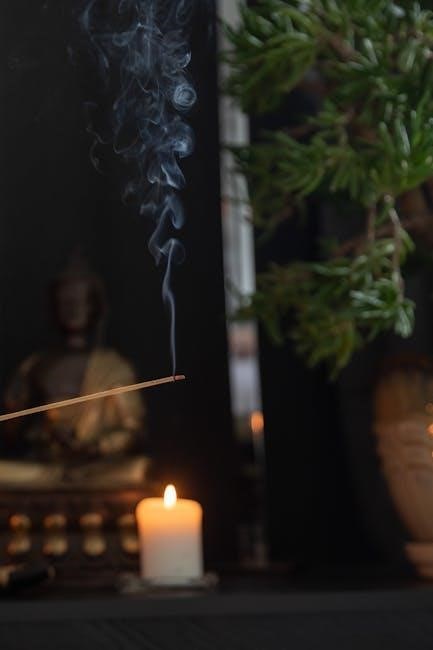
Significance and Overview of the Third Degree
The Third Degree holds profound significance as the culmination of a Mason’s journey through the three degrees. It marks the transition from active life to reflection‚ symbolizing spiritual growth and maturity. This degree is deeply symbolic‚ emphasizing the immortality of the soul and the importance of living with honor and integrity. The ritual is a powerful reminder of Masonic principles‚ encouraging brethren to contemplate life’s purpose and their eternal legacy. It is a dramatic and emotional experience‚ often described as the most sublime of all Masonic degrees. The Third Degree is not merely a ceremony but a transformative experience that reinforces the values of Freemasonry‚ inspiring personal reflection and moral improvement. Its teachings are universal‚ transcending time and culture‚ making it a cornerstone of Masonic philosophy. This degree is a testament to the fraternity’s enduring wisdom and its commitment to fostering enlightenment and brotherly love.
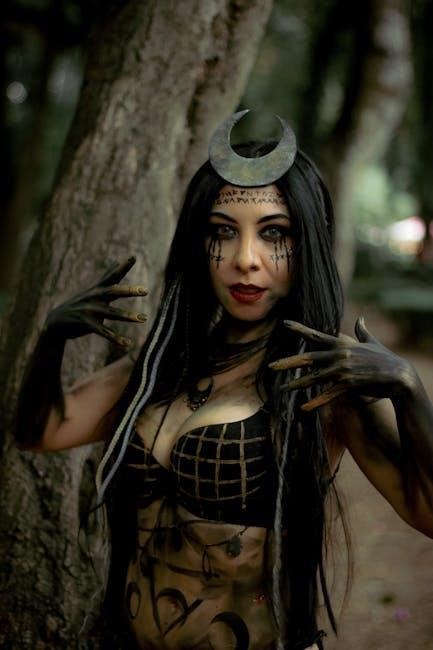
Structure of the 3rd Degree Ceremony
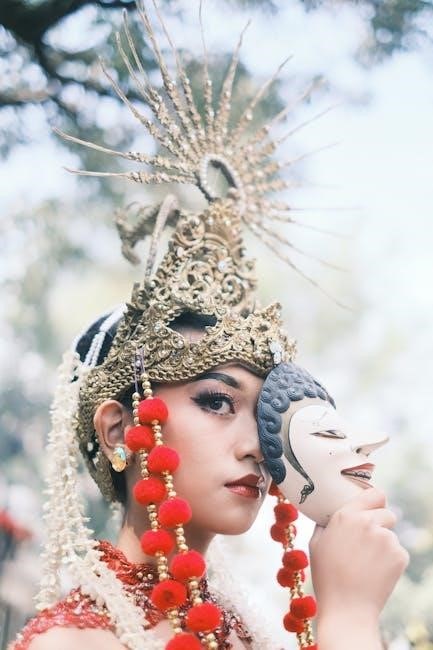
The 3rd Degree Ceremony involves preparation‚ dramatic reenactments‚ and symbolic acts. It includes the candidate’s initiation‚ a solemn obligation‚ and a lecture explaining the ritual’s deeper meanings‚ culminating in their elevation to Master Mason.
Preparation of the Candidate for the Third Degree
The preparation of the candidate for the Third Degree is a solemn and symbolic process. The candidate must first demonstrate their proficiency in the previous degrees and prove their commitment to Masonic principles. They are divested of all metallic substances‚ reflecting the theme of equality and humility. The candidate is then properly clothed in Masonic regalia‚ emphasizing purity of intent and readiness for the profound lessons ahead. Mental and emotional preparation is equally important‚ as the ritual delves into themes of mortality and the soul’s immortality. The candidate is reminded to approach the ceremony with reverence and an open heart‚ fully embracing the transformative experience; This preparation ensures they are spiritually and intellectually ready to receive the sublime teachings of the Third Degree‚ marking their elevation to the rank of Master Mason.
Key Components of the Ritual
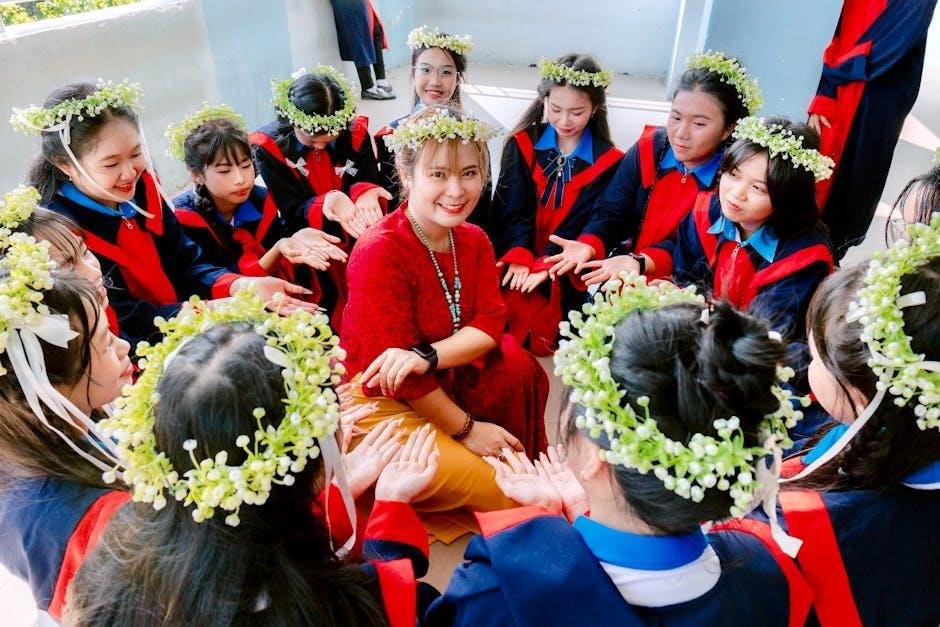
The Third Degree Masonic Ritual is rich in symbolism and consists of several key components. Central to the ceremony is the dramatic reenactment of a Masonic tragedy‚ which conveys profound moral and philosophical lessons. The candidate is led through a series of symbolic trials‚ emphasizing themes of mortality‚ resurrection‚ and the immortality of the soul. A significant element is the “raising” of the candidate‚ a physical and metaphorical act representing spiritual rebirth. The ritual also incorporates the Five Orders of Architecture‚ which serve as tools for moral instruction. Additionally‚ the candidate is instructed in the use of the trowel‚ a working tool symbolizing the spreading of brotherly love and the cementing of friendships. The ceremony concludes with the recitation of the Mystic Tie‚ reinforcing the bonds of fraternity and shared values among Masons. These components collectively create a transformative experience‚ preparing the candidate for their new role as a Master Mason.

Symbols and Their Meanings in the 3rd Degree
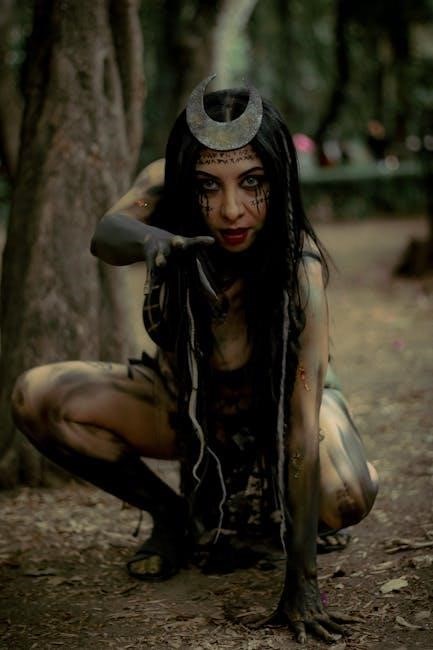
The Third Degree is rich in symbolic imagery‚ with the All-Seeing Eye representing divine wisdom and the Five Orders of Architecture symbolizing moral perfection. The Trowel signifies spreading brotherly love‚ while the Grave and Sprig of Acacia teach immortality.
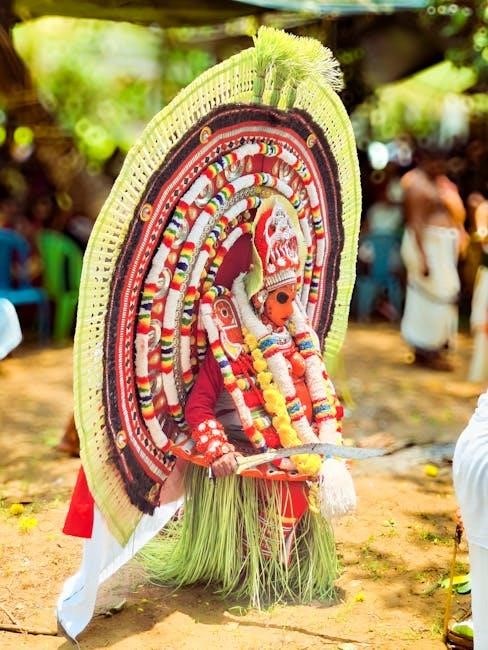
Allegorical and Philosophical Interpretations
The Third Degree is deeply allegorical‚ using dramatic rituals to convey profound philosophical truths. Central to this degree is the legend of Hiram Abiff‚ symbolizing the struggle between good and evil‚ and the triumph of virtue over adversity. The story is interpreted as an allegory for the journey of the human soul‚ emphasizing the importance of integrity‚ justice‚ and self-sacrifice. Philosophically‚ the degree teaches the immortality of the soul‚ urging Masons to reflect on their actions and their eternal consequences. The ritual also explores themes of resurrection and renewal‚ symbolized by the raising of the candidate‚ representing spiritual rebirth and the pursuit of divine truth. Through these allegories‚ the Third Degree encourages Masons to embrace a life of moral excellence‚ brotherly love‚ and devotion to a higher purpose‚ fostering personal growth and ethical living. These interpretations are central to the transformative power of the Master Mason degree.
Historical Background and Evolution
The Third Degree Masonic Ritual has its roots in medieval stonemasonry and the craft guilds of Europe. The modern ritual evolved from earlier ceremonies‚ incorporating biblical and philosophical themes. Historically‚ the degree was formalized in the 18th century‚ drawing on legends like that of Hiram Abiff‚ a skilled architect in King Solomon’s temple. Over time‚ the ritual has been refined‚ maintaining its core symbolism while adapting to cultural contexts. The Third Degree reflects the Enlightenment’s emphasis on reason and moral improvement‚ blending these with ancient traditions. Its evolution is marked by the influence of various Masonic traditions‚ including the Scottish and York Rites. Despite changes‚ the ritual’s essence—teaching moral lessons through allegory—remains consistent. This historical depth enriches the experience‚ connecting modern Masons to a lineage of philosophical and ethical inquiry‚ ensuring the Third Degree remains a cornerstone of Masonic practice and identity.
Significance and Deeper Meaning
The Third Degree symbolizes the soul’s immortality and moral rebirth‚ emphasizing courage‚ fidelity‚ and devotion. It teaches profound life lessons‚ inspiring Masons to reflect on their actions and strive for ethical excellence‚ embodying the essence of Masonic philosophy.
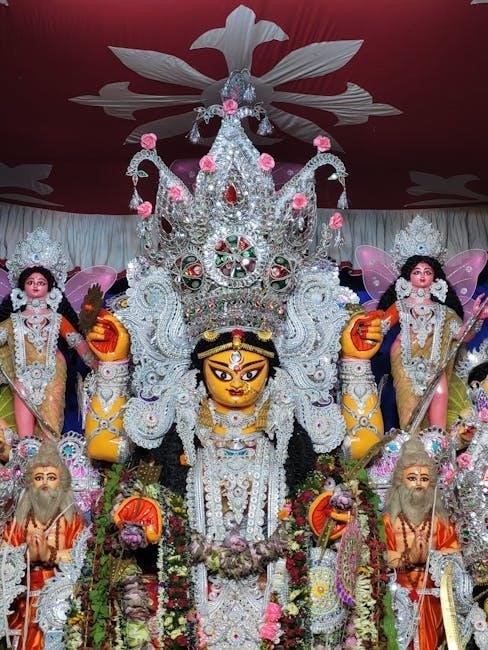
Philosophical Lessons and Moral Teachings
The Third Degree Masonic Ritual imparts profound philosophical lessons‚ focusing on the interconnectedness of human existence and the divine. It emphasizes the importance of living with honor‚ integrity‚ and compassion‚ encouraging Masons to cultivate inner strength and wisdom. The ritual teaches the value of self-sacrifice and the pursuit of truth‚ while underscoring the immortality of the soul. Through allegorical representations‚ it conveys moral teachings that guide individuals toward a path of righteousness and enlightenment. The ceremony serves as a reminder of the transcendental nature of life‚ urging Masons to reflect on their actions and strive for spiritual growth. These lessons are designed to inspire personal transformation and a deeper commitment to the principles of Freemasonry‚ fostering a sense of brotherhood and shared purpose among its members.
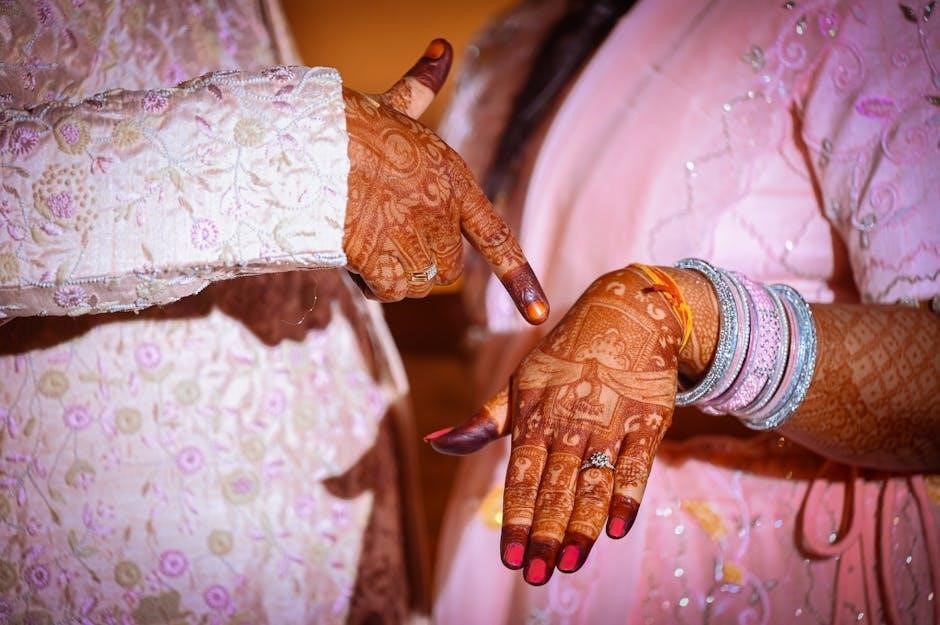
Additional Resources and Further Reading
For those seeking a deeper understanding of the 3rd Degree Masonic Ritual‚ several resources are available. Duncan’s Masonic Ritual and Monitor provides a detailed guide to the Master Mason degree‚ including its symbols and allegories. Richardson’s Monitor offers insights into the historical and philosophical aspects of the ritual. Additionally‚ online forums and Masonic communities share personal experiences and interpretations of the ceremony. Modern publications‚ such as “The Hiram Abiff Series‚” explore the ritual’s significance and its connection to broader Masonic principles. These resources complement the ritual’s teachings‚ offering a comprehensive understanding for both new and seasoned Masons. Exploring these materials can enrich one’s appreciation of the Third Degree and its profound moral and philosophical lessons.